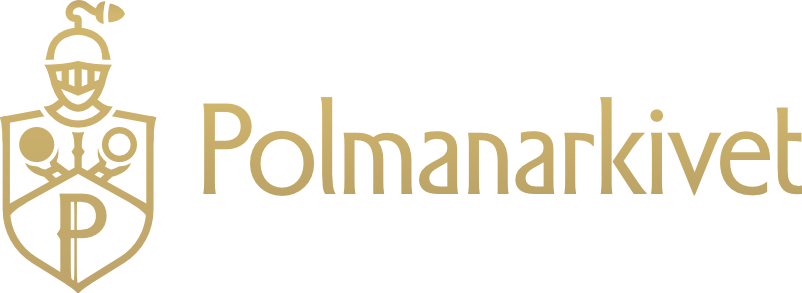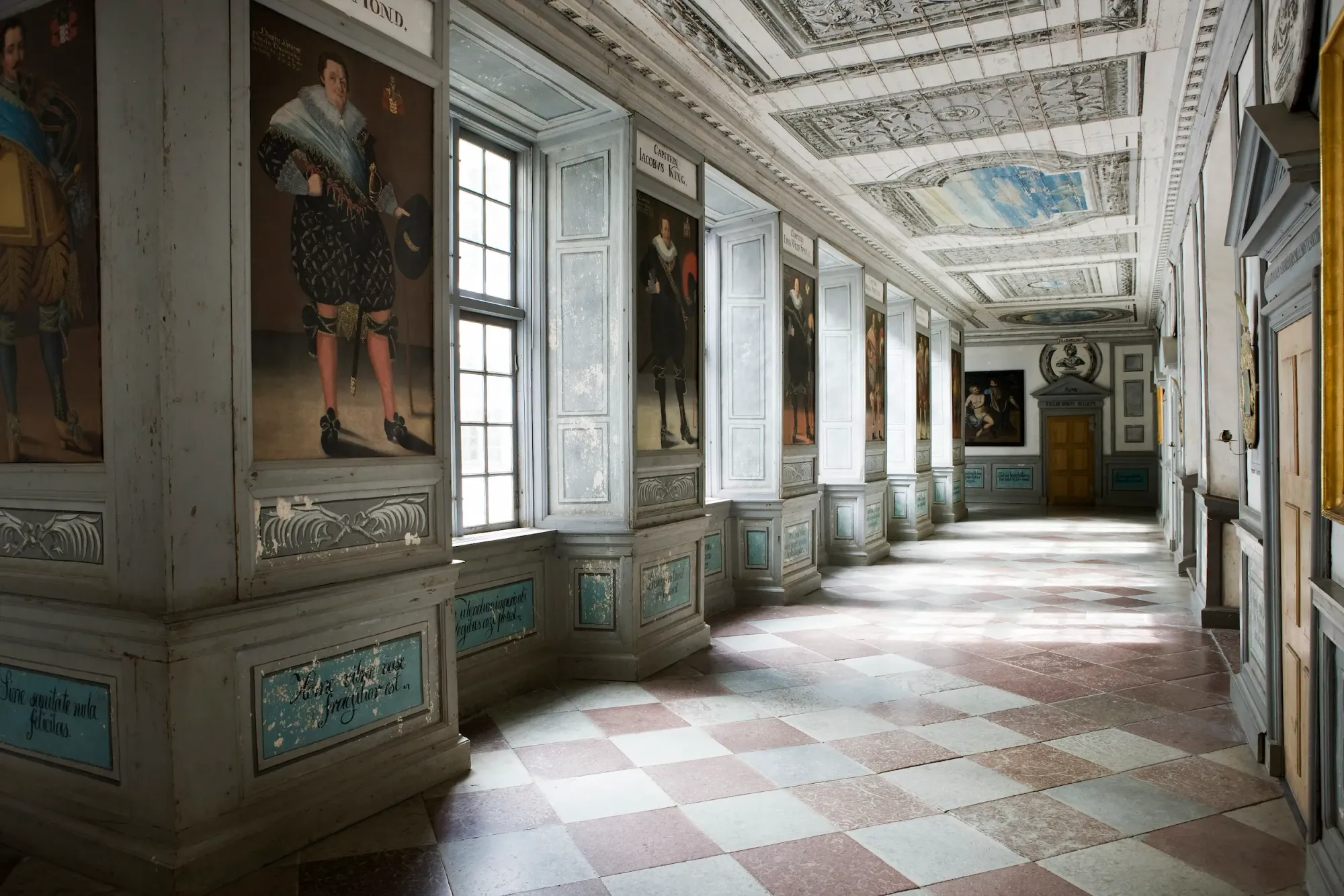Uncover the dramatic saga of Sweden, from its ancient Sami roots to the Viking Age and the rise of empires, through bloody unions and cultural revolutions. Explore how this Nordic nation evolved into a modern beacon of peace and inclusivity while honoring its rich heritage and diverse history.
Sweden has been populated since the Stone Age, and was an agrarian society as early as the Iron Age.[[1]] The Sami were indigenous to the region, with a presence that goes back an estimated two to ten millennia. Immigration and settlement from various other places and communities continued across several centuries.
The Viking Age[[2]] is considered to span the years 800 to 1050, characterised by violence, trade and travel. In the 11th century, Sweden made a turn toward Christianity. It was also around this time that the myriad provinces in Sweden were consolidated under a single crown. The construction of today's Stockholm started in 1253.[[3]]
The stratification of Swedish society to include a noble class was enacted as early as the 13th century. In 1280, King Magnus Ladulås ordered for a feudal system to be followed.[[4]] The relationship between the monarchy and nobility would remain a contentious dance for the next few eras.

The medieval Swedish state (1319 – 1520)
The unification of Sweden and Norway
In 1319, Sweden – which had been divided into three in 1310 – and Norway were united under King Magnus Eriksson, though he was formally crowned king of the two nations only in 1332. Meanwhile in neighbouring Denmark, monarchs had wreaked divisive havoc, and then died. King Magnus, an opportunist, purchased many eastern Danish provinces, including Scania (Skåne). During this time, Sweden also expanded into Norrland and Finland, causing tension with Russia. The Christian colonisation project in Sweden was well underway in 1340, when the king announced the availability of land in Lapland to believers and converts in exchange for paying taxes and following laws.
The Hanseatic League
What began as a cooperation between seafaring merchants to ward off pirates evolved into a network of cities based around trade. The League was centred in Lübeck in Germany (Hansa = crowd), but expanded to include most countries around the Baltic Sea. Over four centuries, they largely held monopoly over trade, and thus economy, in the region. Over 200 towns participated, and even more benefited, including Sweden.[[5]]
Black Death
The Hanseatic League also brought with it something more sinister. Between 1346 and 1353, Europe saw one of its worst pandemics in history – the bubonic plague that claimed so many lives it is now known as the Black Death (or sometimes the Great Death, Digerdöden in Swedish).[[6]] It spread to Norway via a Hanseatic League ship in 1349, and then to Sweden. The economy and population of the country took a massive hit, in addition to forcing religious and social changes.
The rise of the Kalmar Union
Queen Margaret of Denmark – who was the daughter-in-law of King Magnus – united the Nordic countries with the support of the Swedish nobility, laying the groundwork for the creation of the Kalmar Union. However, a succession dispute with the Swedish king, Albert of Mecklenburg, interrupted these plans. Albert was arrested 1389, but hired privateers[[7]] to take Bornholm and Visby in 1392, effectively causing the Hanseatic League to mediate rule in Stockholm from 1395 to 1398. The Kalmar Union[[8]] was then formalised under Margaret's great-nephew, King Erik.





